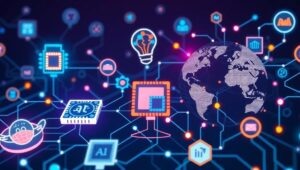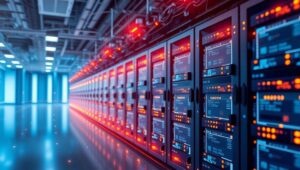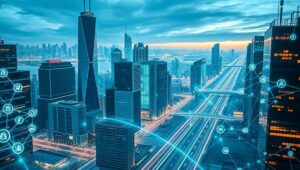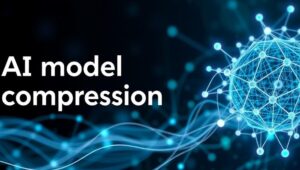June 1, 2025
Building Resilient and Fault-Tolerant IoT Architectures (2027)
Building Resilient and Fault-Tolerant IoT Architectures (2027) The Internet of Things (IoT) has become an integral part of our daily lives, connecting billions of devices and generating vast amounts of data. From smart homes to industrial automation, IoT applications are transforming industries and improving efficiency. However, as IoT deployments grow in scale and complexity, ensuring resilience and fault tolerance becomes critical. In this post, we’ll explore the key principles and architectural patterns for building robust IoT systems that can withstand failures and maintain continuous operation in 2027. Understanding Resilience and Fault Tolerance in IoT Resilience refers to the ability of












